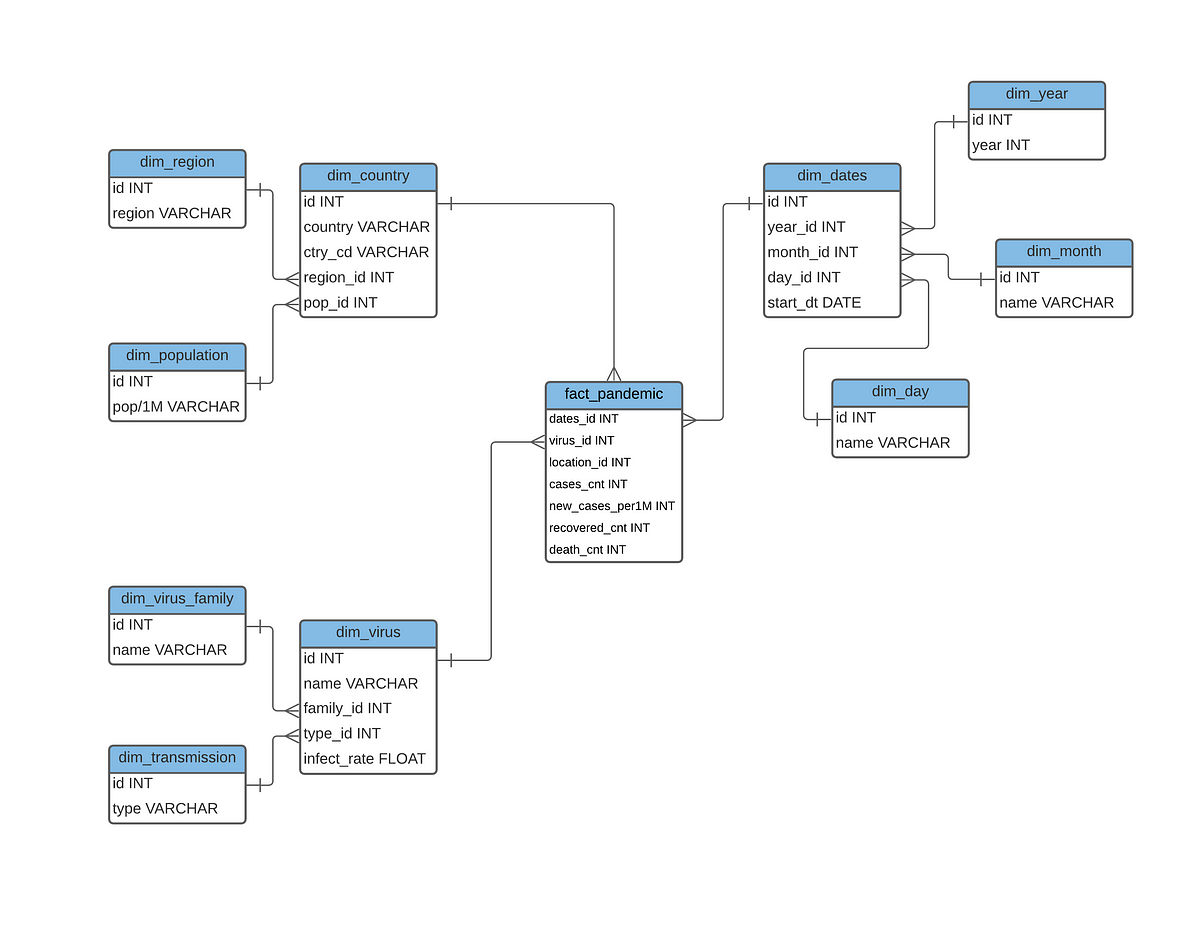5 Critical Rules to design a good database.
A good and performant database is not an accident, neither a Miracle. It is a combination of proper planning and execution. The more experienced one is with dealing with Databases, the better the design and the higher the chances that the database will be performant.
Below are five experience backed critical rules that will help in designing and developing a robust database.

- Focus on what is needed now.
Avoiding over-design because of what the future might bring is a good alternative as the model can always be update.
- All the Business rules should be available and well understood before even starting.
Business rules are the founding blocks of any reasonable database and therefore their comprehension is as important as the database on it's own. They are the guiding blocks to the database design.
- Coding shouldn't come first.
Focusing on simple diagrams and making sure all the cases and business rules fit in the diagrams is the first step to a good database. Entity-relationship diagrams, Relational diagrams, or even simple class models should be the first steps.
- Be flexible.
Targeting a good design is the first step, objectively, a good database should have performance at it's core aim. It is actually critical. For instance, if some redundancy is needed then it should be added.
- Naming convention.
Just like coding, naming conventions matters a lot in databases. Readability is just a part of it. Good naming conventions shows clear purpose and responsibilities just by reading the asset's names.
Thank you and see you in the next one.